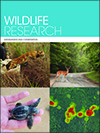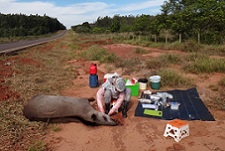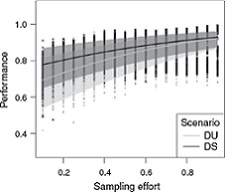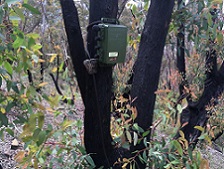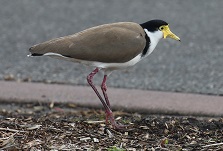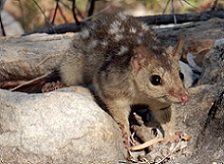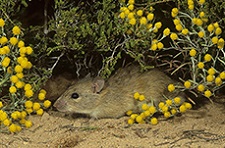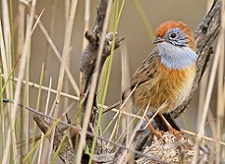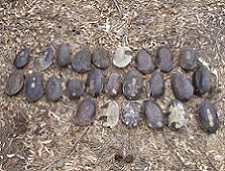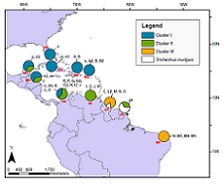
The conservation strategy of widely distributed endangered species depends on the definition of population units with relative evolutionary independence. However, controversies may appear when the identification of evolutionarily significant units is in conflict with current taxonomic subdivisions. The present study has re-evaluated genetic evidence to characterise conservation units of American manatee (Trichechus manatus) and compare it to the current conservation management strategies adopted for this species. We suggest that conservation priorities should ensure the maintenance of historical population structure and dynamics, even if they are contradictory to traditional taxonomic subdivisions that are not fully supported by evolutionary evidence.


